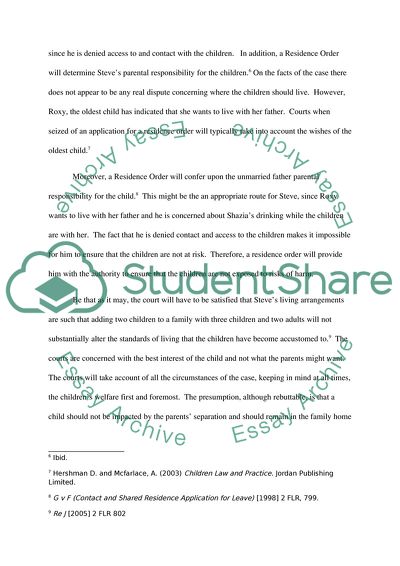Cite this document
(Children Law and Practice Case Study Example | Topics and Well Written Essays - 2750 words, n.d.)
Children Law and Practice Case Study Example | Topics and Well Written Essays - 2750 words. Retrieved from https://studentshare.org/law/1721471-family-law
Children Law and Practice Case Study Example | Topics and Well Written Essays - 2750 words. Retrieved from https://studentshare.org/law/1721471-family-law
(Children Law and Practice Case Study Example | Topics and Well Written Essays - 2750 Words)
Children Law and Practice Case Study Example | Topics and Well Written Essays - 2750 Words. https://studentshare.org/law/1721471-family-law.
Children Law and Practice Case Study Example | Topics and Well Written Essays - 2750 Words. https://studentshare.org/law/1721471-family-law.
“Children Law and Practice Case Study Example | Topics and Well Written Essays - 2750 Words”. https://studentshare.org/law/1721471-family-law.


